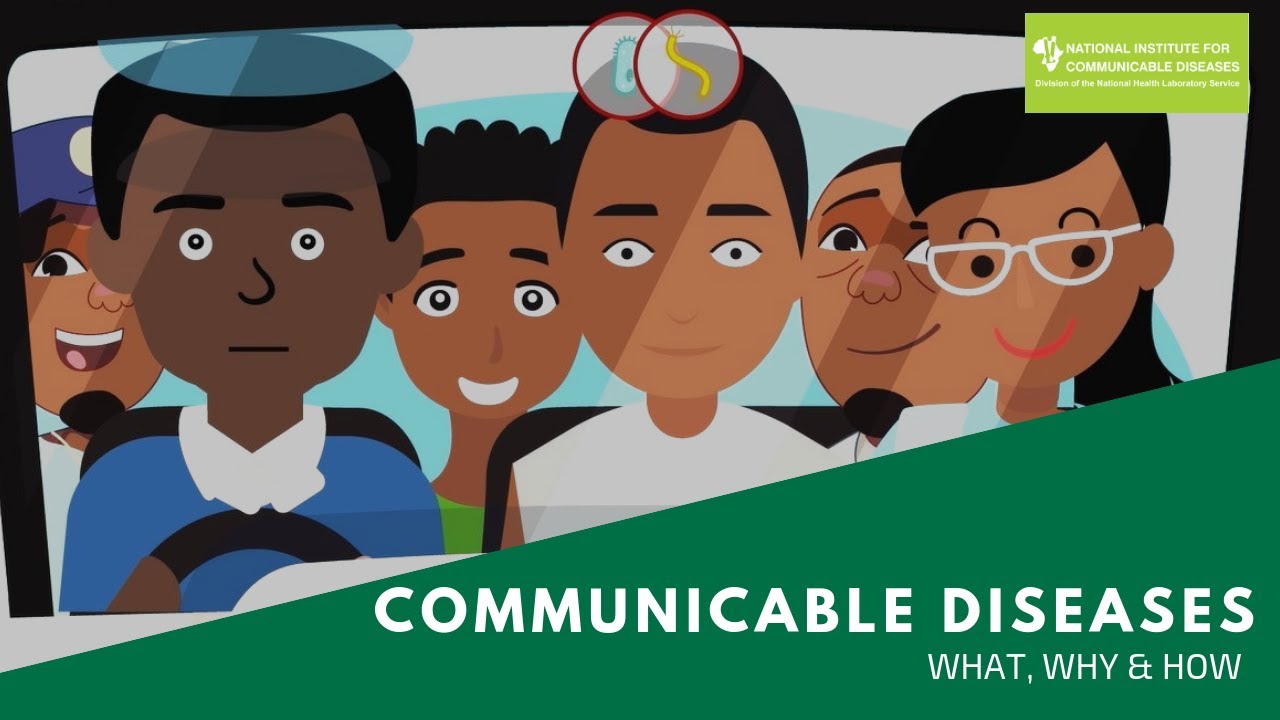Introduction to Non-Communicable Diseases- a global killer
Summary
TLDRNon-communicable diseases (NCDs) are chronic, long-lasting conditions that are not transmitted from person to person. They include cardiovascular diseases, cancer, chronic respiratory diseases, diabetes, and mental health disorders, and are responsible for 71% of global deaths, particularly in low and middle-income countries. Key risk factors are smoking, physical inactivity, poor nutrition, and harmful alcohol use. Effective prevention strategies focus on reducing these risk factors through education, policy changes, and early screening. Research into genetics and epigenetics is enhancing our understanding of NCDs and offering new strategies for prevention and treatment.
Takeaways
- 😀 Non-communicable diseases (NCDs) are chronic diseases that are not transmitted from person to person and progress slowly over time.
- 😀 NCDs include diseases such as cardiovascular diseases, cancer, chronic respiratory diseases, and diabetes, as well as mental health disorders and sensory issues like eye disease or hearing loss.
- 😀 NCDs are responsible for approximately 41 million deaths annually, which accounts for 71% of all global deaths.
- 😀 The burden of NCDs is higher in low and middle-income countries, contributing to significant disability and economic impact.
- 😀 The number of deaths from NCDs is expected to rise to 52 million per year by 2030 due to factors such as population growth, aging, urbanization, and changing risk factors.
- 😀 NCDs affect people of all ages, but they are more common in the elderly due to the accumulation of risk factors over time.
- 😀 Low socioeconomic status is a significant risk factor for NCDs, and poverty can both drive and be driven by these diseases.
- 😀 NCDs have both modifiable and non-modifiable risk factors. Modifiable factors include smoking, physical inactivity, poor nutrition, and alcohol use.
- 😀 Exposure to risk factors throughout life can lead to the development of NCDs, with critical periods during childhood, adolescence, and adulthood when damage is most impactful.
- 😀 Public health strategies to prevent NCDs include smoking cessation programs, promoting physical activity, encouraging healthy diets, and reducing alcohol use.
- 😀 Advances in genetic research, including the study of epigenetics, offer insights into how genetic mutations and environmental factors contribute to the development of NCDs.
Q & A
What are non-communicable diseases (NCDs)?
-Non-communicable diseases (NCDs) are diseases that are not transmitted from person to person. They are also known as chronic diseases because they are long-lasting and tend to progress slowly. They result from a complex interaction of genetic, physiological, behavioral, and environmental factors.
What are the four main types of NCDs responsible for the majority of deaths?
-The four main types of NCDs responsible for over 80% of all deaths are cardiovascular diseases (such as heart attacks and strokes), cancer, chronic respiratory diseases (such as COPD and asthma), and diabetes.
What is the global impact of NCDs in terms of deaths and disability?
-NCDs are responsible for about 41 million deaths per year, which accounts for approximately 71% of all deaths globally. These diseases also cause considerable disability and have significant economic impacts due to healthcare costs and reduced ability to work.
How are NCDs expected to change by 2030?
-It is estimated that by 2030, deaths from NCDs will increase to 52 million annually. This increase is driven by factors such as population growth, aging populations, globalization, urbanization, and changes in behavioral and environmental risk factors.
Who is most affected by non-communicable diseases?
-While all age groups can be affected, NCDs are more common among the elderly due to accumulated risk factors over time. Additionally, people with lower socioeconomic status are at higher risk of developing NCDs and tend to have more risk factors compared to those with higher socioeconomic status.
What are the two main categories of risk factors for NCDs?
-There are two main categories of risk factors for NCDs: non-modifiable and modifiable. Non-modifiable factors include age, sex, and genetic makeup, while modifiable factors include smoking, physical inactivity, poor nutrition, and harmful alcohol use.
What are some examples of modifiable risk factors for NCDs?
-Some key modifiable risk factors include smoking, physical inactivity, poor nutrition, and the harmful use of alcohol. These can lead to or worsen metabolic risk factors like high blood pressure, high blood lipids, increased blood glucose, and obesity.
How does socioeconomic status influence the risk of NCDs?
-People with lower socioeconomic status are at higher risk of developing NCDs. This is due to greater exposure to risk factors, such as poor nutrition, limited access to healthcare, and higher levels of stress. Additionally, NCDs can perpetuate the cycle of poverty by affecting people's ability to work and afford healthcare.
What strategies can help prevent NCDs at the population level?
-Effective public health strategies to prevent NCDs include reducing smoking (e.g., through smoking cessation programs and taxes on tobacco products), promoting physical activity (e.g., through community programs), encouraging healthy diets (e.g., reducing salt intake and raising taxes on sugary drinks), and limiting harmful alcohol use (e.g., through advertising bans and increased taxes).
What role do genes play in the development of NCDs?
-Genes play a crucial role in the development and progression of NCDs. Mutations in specific genes can lead to diseases like cystic fibrosis, while multiple mutations across several genes can increase susceptibility to other NCDs. Additionally, epigenetic changes—how genes are expressed—can also influence disease development.
Outlines

This section is available to paid users only. Please upgrade to access this part.
Upgrade NowMindmap

This section is available to paid users only. Please upgrade to access this part.
Upgrade NowKeywords

This section is available to paid users only. Please upgrade to access this part.
Upgrade NowHighlights

This section is available to paid users only. Please upgrade to access this part.
Upgrade NowTranscripts

This section is available to paid users only. Please upgrade to access this part.
Upgrade Now5.0 / 5 (0 votes)





